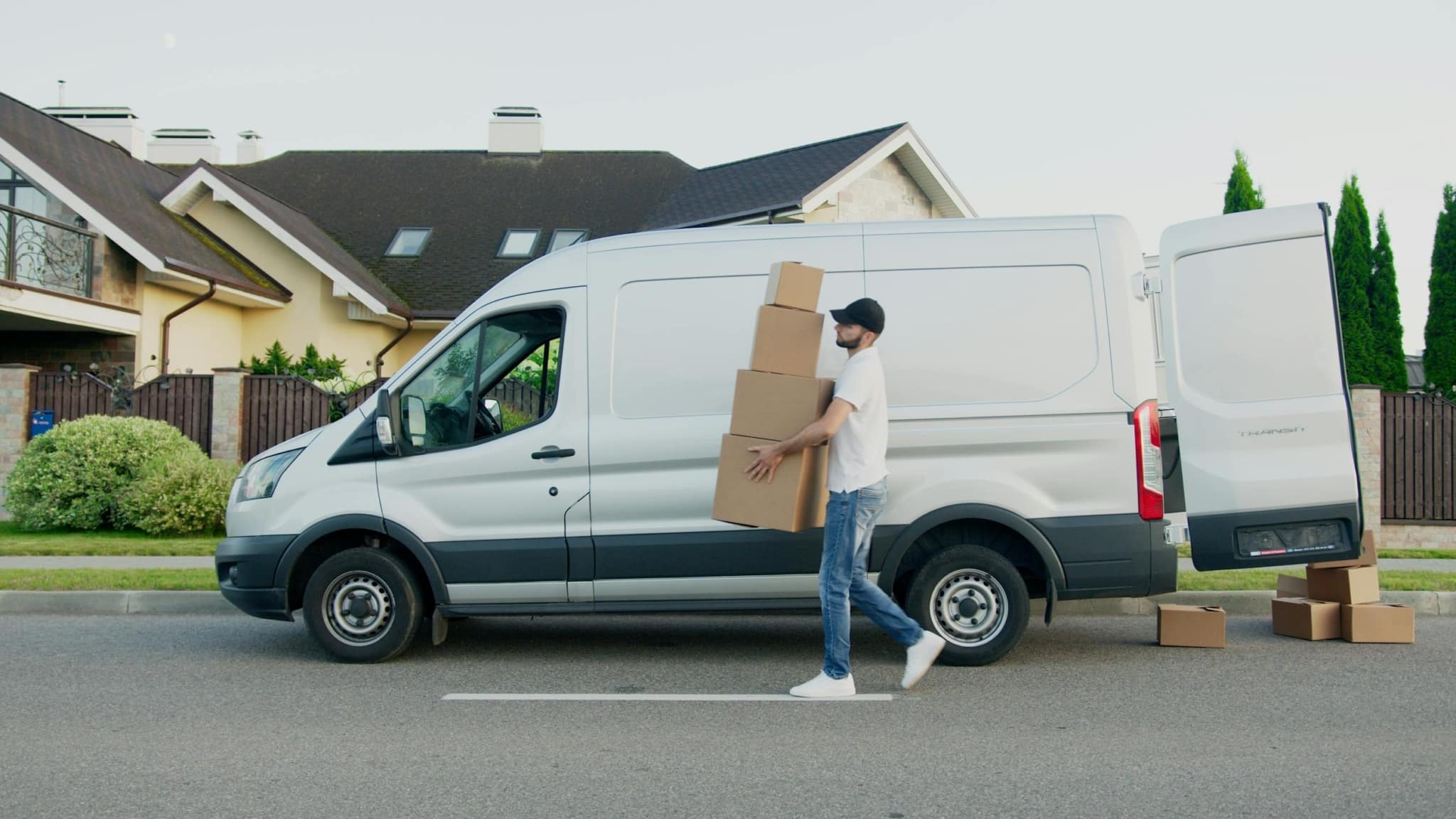Last-mile delivery is the final step in shipping when a package moves from a transportation hub to its final destination, usually the customer’s home or business. It’s the part of delivery that gets the product right to the doorstep. This last part of the journey might be short in distance, but it’s crucial for ensuring customer satisfaction.
What Does a Last Mile Carrier Do?
A last-mile carrier is a company that specializes in this final part of delivery. They take packages from local distribution centers or warehouses and bring them directly to the customer. They ensure the package arrives safely, quickly, and at the right place.
What is an Example of Last Mile Delivery?
Think of any time you’ve ordered a package from an online store. Last-mile delivery is when that package is brought to your home by a delivery driver. This could be a small van or even a bike courier, depending on where you live and what you ordered. It’s all about getting that package from the local depot to your front door.
Who Needs Last Mile Delivery?
Now that we’ve covered the basics, let’s define last-mile delivery in a business sense. Many companies need last-mile delivery, especially those that sell products online. This includes big online retailers, local stores that offer home delivery, and even restaurants that deliver food. Any business that needs to get products directly to customers’ homes uses last-mile delivery.
The Importance of Last Mile Delivery
Last-mile delivery is crucial because it’s the final touchpoint with the customer. It can make or break the customer’s experience. A good last-mile delivery can lead to happy customers, repeat business, and good reviews. But if it goes wrong, it can leave customers unhappy and lead to customer complaints.
The Biggest Challenges of Last-Mile Delivery
Last-mile delivery comes with its challenges, just like any other part of the process. Businesses must overcome these hurdles to ensure smooth and efficient deliveries and returns.
Delivery Efficiency
One of the greatest challenges is making sure deliveries are efficient. This means planning routes well, dealing with traffic, and ensuring drivers can make as many deliveries as possible in a day.
Lower Profit Margins
Last-mile delivery can be expensive, and sometimes, the delivery cost can eat into profit margins. This is especially true for small or lightweight items where the delivery cost might be a big chunk of the total cost.
High Operating Costs
Factors like fuel, vehicle maintenance, and paying drivers all add up. Plus, consider costs like insurance and technology for tracking packages. All of these operating costs can make last-mile delivery pricey.
How Much Does Last Mile Cost Per Delivery?
The cost can vary depending on considerations like how far the delivery is, how big or heavy the package is, and what kind of delivery service the customer wants. But on average, last-mile delivery can cost anywhere from a few dollars to over $10 per package.
Customer Demand
Customers these days expect fast, reliable, and often free delivery. Meeting these expectations can be tough, especially in busy cities or rural areas that are hard to reach.
What Customers Are Looking For in the Last Mile
Trying to understand customer needs and trends can be difficult. However, when it comes to the last mile, it’s simple. They want their packages delivered quickly, at a time that suits them, and without any damage. They also like tracking their delivery in real-time and getting good communication from the delivery company.
Dealing with returns is a big part of last-mile delivery. When customers aren’t happy with a product, they want to be able to return it easily. This means businesses need to have a solid system for handling returns and returning products to the warehouse.
Integrating ReverseLogix’s RMS can help alleviate customer dissatisfaction and improve the overall customer experience by making returns smooth and hassle-free.
Frequently Asked Questions
What is First-Mile Delivery?
First-mile delivery is the first step in shipping when a product is moved from the manufacturer or warehouse to a transportation hub or distribution center. It’s the opposite of last-mile delivery and is all about getting products ready to be shipped to customers.
What Is the Difference Between First Mile and Last Mile Logistics?
The main difference is where they happen in the shipping process. First-mile logistics involves getting products from the manufacturer to the distribution center, while last-mile logistics transports a product from the distribution center right to the customer’s doorstep.
What is Middle Mile vs Last Mile?
Middle mile is the part of the shipping process between the first and last miles. During this step, products are moved from one transportation hub to another, getting closer to their final destination.
Conclusion
Last-mile delivery is crucial to the customer experience, but it’s just one piece of the larger reverse logistics puzzle. Businesses must look at the entire process to ensure efficiency and customer satisfaction.
With the challenges of last-mile delivery and the complexities of reverse logistics, businesses need a reliable partner. ReverseLogix offers comprehensive solutions for eCommerce returns management, helping companies manage returns efficiently and improve their bottom line. Use our ROI Calculator to see ReverseLogix’s value to your business.
Integrating ReverseLogix’s platform enhances your reverse logistics process. This ensures a positive experience for customers and a more profitable operation overall. From tackling last-mile delivery challenges to optimizing returns management, ReverseLogix provides the tools and insights needed to succeed.

